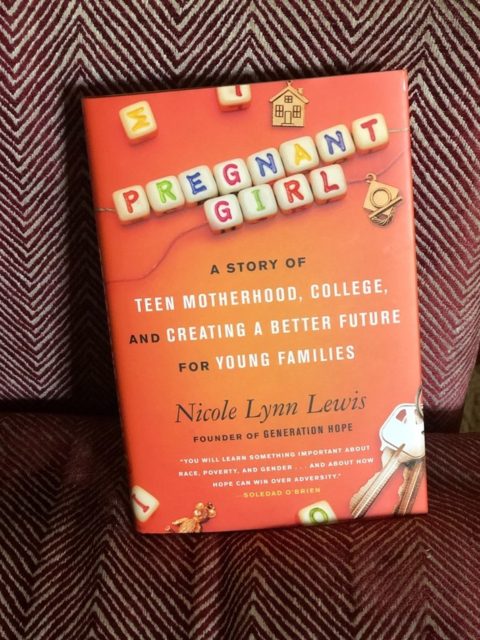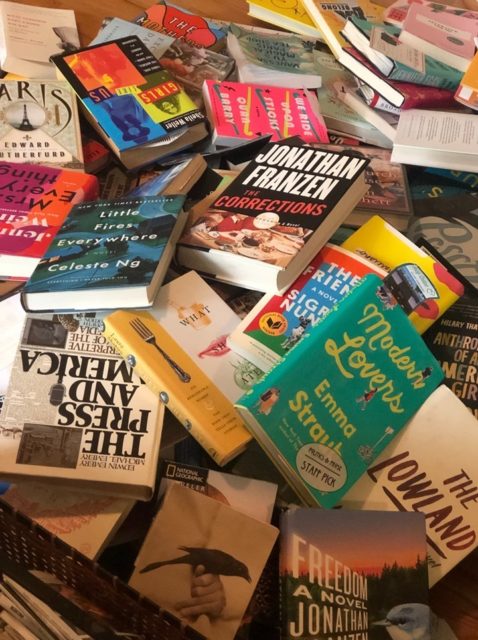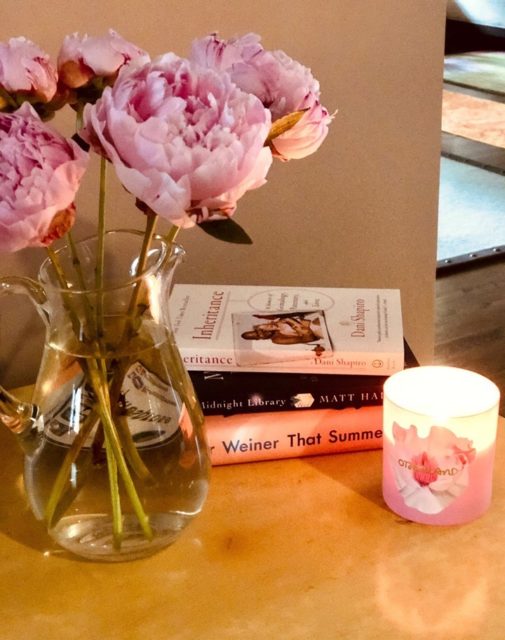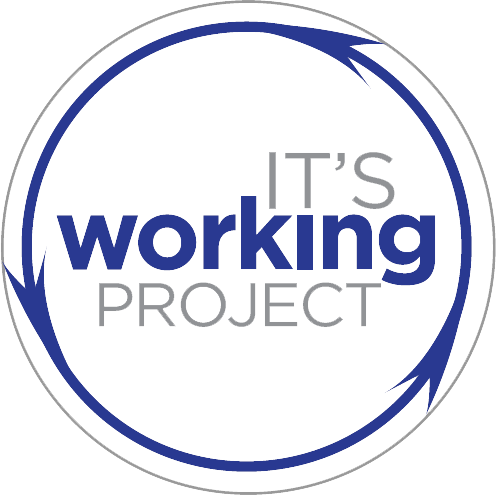Note: it is only August, I have much reading to do. Still as my summer of reading winds down, I felt as though this was a good time to share away.
Why?
These days are rough on all of us. What is, what will be? The questions are many. Covid and Delta have made it that way. Will there be school? Is there a way to work successfully? And this is where someone else’s story as a panacea comes into play. In very real ways, falling into someone else’s headspace is a magical elixir. Books are a gift like that.
To know me, is to know how much I love a great story. Books are my food, my snack, my amuse bouche, my indulgence — it just depends which one I am in the mood for. I have very strict formulas (I know, too much, right!). For example short stories serve to cleanse my palate before I remove myself from one reality and immerse in another via that next book. And ooooh, that next book – sitting in a stunning pile – fresh, new and hopefully waiting for its spine to be broken. It is kind of like some reality show…”pick me, Julia please pick me”…
I listen to books only if they are memoirs or nonfiction and read by the author. This was what Michelle Obama taught me and was further validated by Melinda Gates. Listening to the author share her own experiences – that is the holy grail.
As such, this year has been a careful balancing act of fact and fiction (sure this could possibly describe the real world too, but for the sake of this moment – we are talking books). And this year, 2021 has been ripe with worthwhile memoirs. For me, these books are holding me, like newly found best friends – the connection is powerful. And healing as well. In fact, a big issue I am having right now is that I am meditating less and listening to other people’s reality more. I know this likely requires its own interpretation. I am going with — I am too damn worn out to meditate or maybe not open to being quite so present with myself. I will own both, either or neither.

While I do consider these issues daily, Nicole Lynn Lewis brings them to live through her honest, first person narrative
Bottom line, I am spending my time lovingly listening to memoirs. I wanted to share a few that meet my criteria. To review:
- Memoir or autobiographical
- Read by author
- Compelling, relatable or inspirational – the trifecta is a major win.
Here’s what’s doing it for me. Share yours, please!!!
I made an exception to my rules – yes I did, but just for this book, Crying in H-Mart. I read Michlle Zauner’s memoir, Crying in H-Mart the week it was released. And, lent it out soon thereafter. It is that powerfully compelling. Really, you must read this one, and take your time with it. And having a good stash of Korean food close by will be an essential strategy as well. You will also need tissues. So kimchi and Kleenex – got it? Note too – the H-mart in the book is located in Cheltenham, Pennsylvania (go Panthers!) on Old York Road…shout-out to my hometown of Philly!
Alight, alright, alright. No, you did not see that one coming did you? I began listening to Matthew McConaughey’s dramatic playbook of life and in specific his adventures and epiphanic moments at the request of my son Sam. It comes on fast and furious — little time to ease in, just BAM you and MM are BFFs and you are in the TMI weeds. There is so much energy packed into each word it can only be listened to during the day. And when you do – you get poems, prescriptions and well as a big chunk of things that make you go hmmm. I do get my 19 year olds son’s love of this one…there is a lot to process and a lot to plan for. It makes anything feel possible. And that is a good thing. @OfficiallyMcConaughy
Oh I adored spending time with Laura Friedman Williams as she made her way from we to me. Newly divorced and with no plan, we join along as she reimagins herself with such absolute candor. I have suggested this to my former divorce lawyer as a “new client” gift. And I have been sending this audiobook around as my super-empowerment with laughter guide to what’s next to my newly separated mid-life friends. Man the road is rough. It seems only fair that Laura is there to validate all that allures, confuses and frustrates. Either way, the more you read, the more you adore her. Including the ways in which she begins to make sense of herself. From learning what is the new way to do things (waxing 101) to what casual means in this century, there is much for Laura to master. Add to this – she is a ton of fun on social media. @laurafredmanwilliams
This one is an amazing first row seat into an outstanding performance of “she said/he said” genre — what is there not to love? Meet Joseph and Meg, a couple who openly share their first ten years through their own, unique lens. And who laid it all out there – consequences aside (I think!). It is fun and it is an expedition. A great deal happens in ten years. And yes, it does fly by. But the moments count and add up. I loved listening to Joseph Fink and Meg Bashwiner tell their truths — great stuff! @LadyBash (Insta spoiler – baby makes three!!!), hope there is a parenting book in their future!

THE ALMOST LEGENDARY MORRIS SISTERS: The True Story of Family Fiction
Seriously – I could never have pulled off what Julie Klam accomplished in the research and writing of this book. And she reads it in a way that compels you from the very first word. Note, I think it is not called reading, but performing feels off to me. Her level of curiosity and willingness to cover the globe in an effort to uncover the true story of her great family myth is impressive to say the very least. We all know how each of our families grows stories, it is just a fact. It is only Julie’s insatiable curiosity and people’s instant, positive reaction to her charm, that opens the gates to the truth – not only in action but also in circumstance, that bring the pieces together. She breaks the fourth wall to add to the listening fun. We learn a great deal not only about the Immigration experience and Jewish life in the 1900s, we learn about choices and their ripples. Even simple facts like basic dates change the narrative completely. And I was so grateful to be along for the ride!
Next Up is….
Ladyparts by Debrah Copeaken is currently in my ears…I am hooked…guessing you will be too. It opens with blood and a lot of internal dialog about women’s health disparity in the US — I am in love. @dcopaken

And the mood. Add flowers and a candle to really escape. Inheritance was a wild escape as is Dani Shapiro’s Podcast, Family Secrets.


